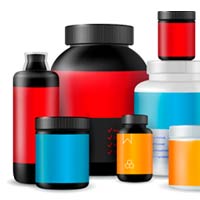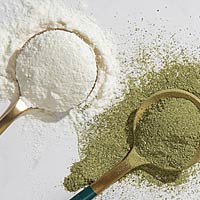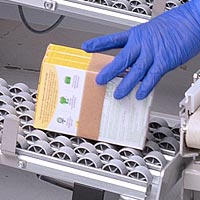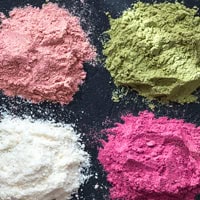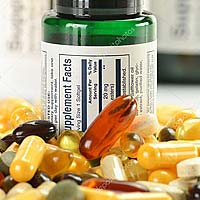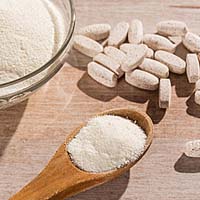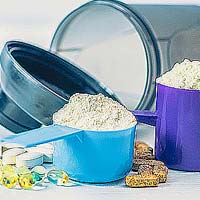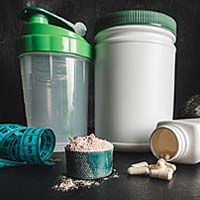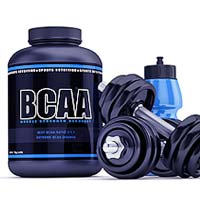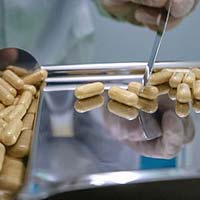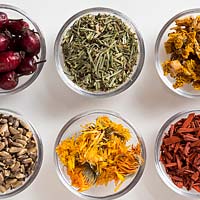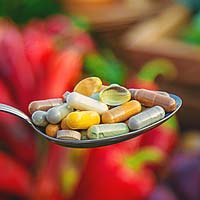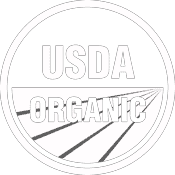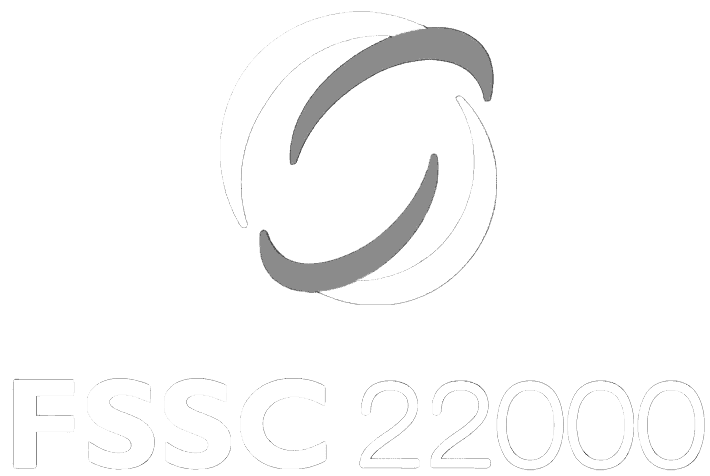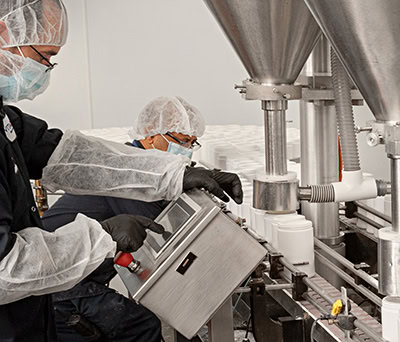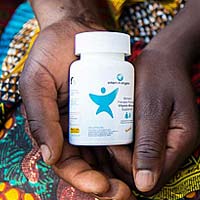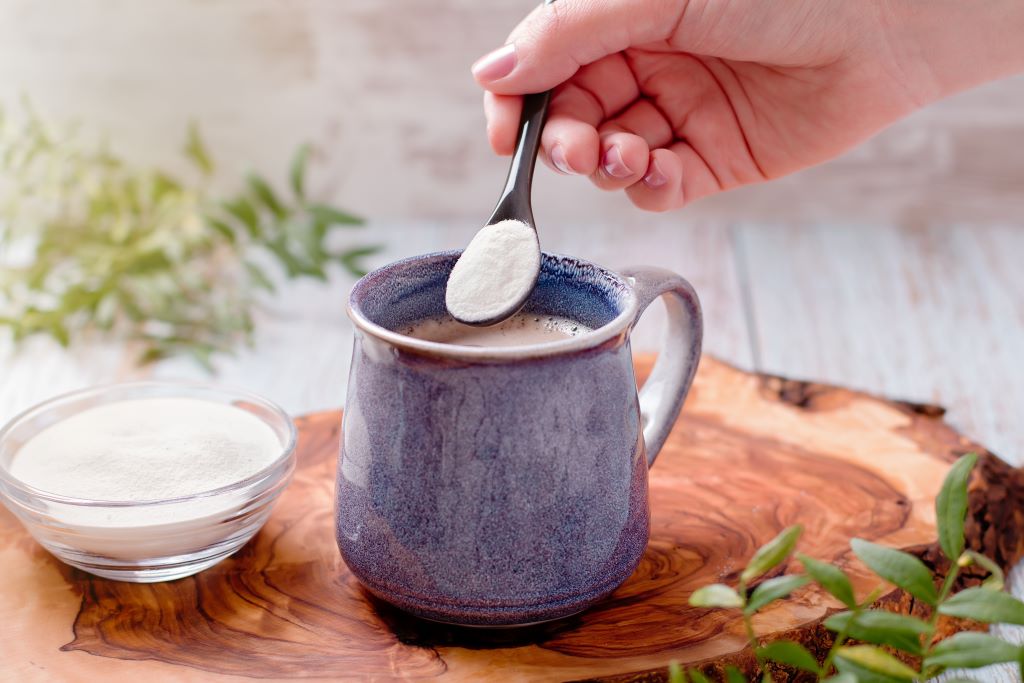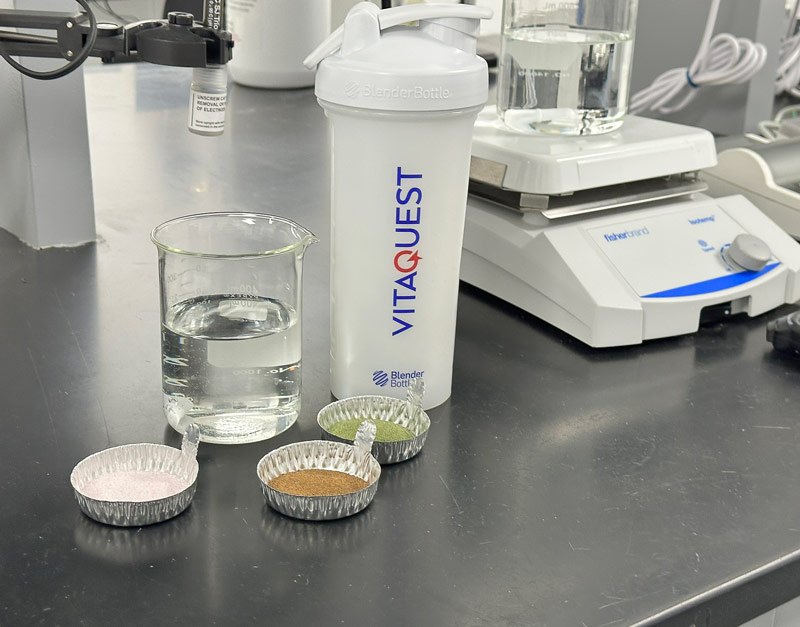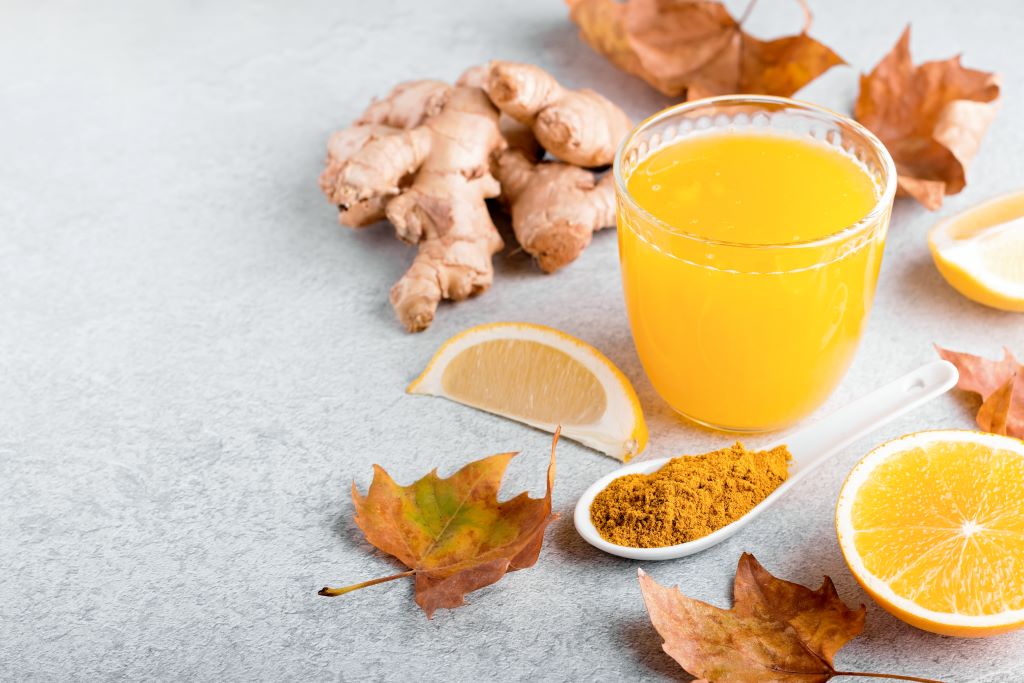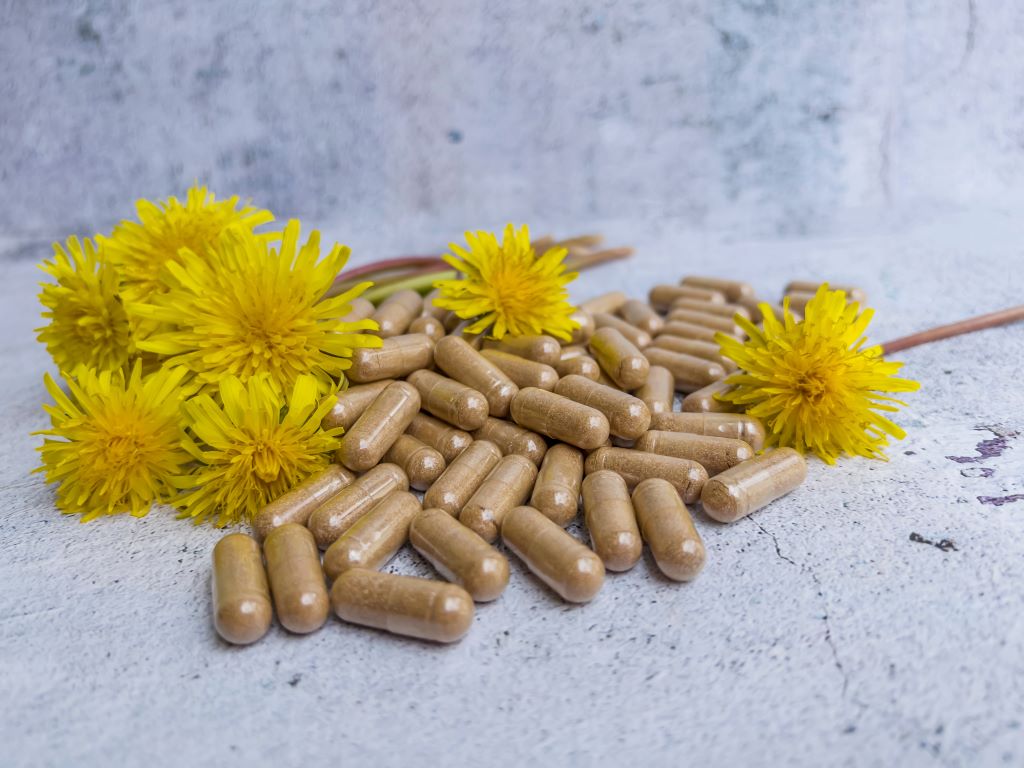Now that we’re well into 2024, nutraceutical industry experts have been analyzing industry trends for the most popular ingredients and categories. This includes how wellness has expanded beyond physical health to include mental and emotional well-being.
This is consistent with a report by Nutraceuticals World1, indicating the surge in growing trends and experiential advantages spanning stress, mood, cognition, fatigue, anxiety, depression, and insomnia could potentially resonate with up to 41% of consumers. Popular categories gaining momentum include nootropics, beauty from within, and gut support.
Continue reading this article to learn more or listen to the NutraIngredients-USA NutraCast podcast episode I recorded with our Senior Vice President of Market Development, Jon Weisgal.
Listen Now:
The growth of technology and social media platforms has changed the way consumers learn about and buy their supplements. The dissemination of wellness information often comes from influencers that profoundly impact the purchasing habits of their community of followers. The messaging promotes supplements as part of a daily routine and healthy lifestyle across a wide range of popular categories. This segment of consumers often looks beyond the key nutrients they may be deficient in such as Vitamin D, magnesium, and iron. They’re in pursuit of supplements that help them achieve their daily wellness goals- mushroom blends they can mix in coffee as they start their day, greens they can add to their favorite shake for a healthy breakfast, a probiotic chew for a hint of something sweet, and thirst-quenching electrolyte effervescent tablets they can add to water during a fitness class. These products provide health benefits but are also part of the healthy lifestyle they’re pursuing.
Take a look at our projected supplement trends for 2024, then contact us for a price quote to see how we can help you get ahead of the competition.
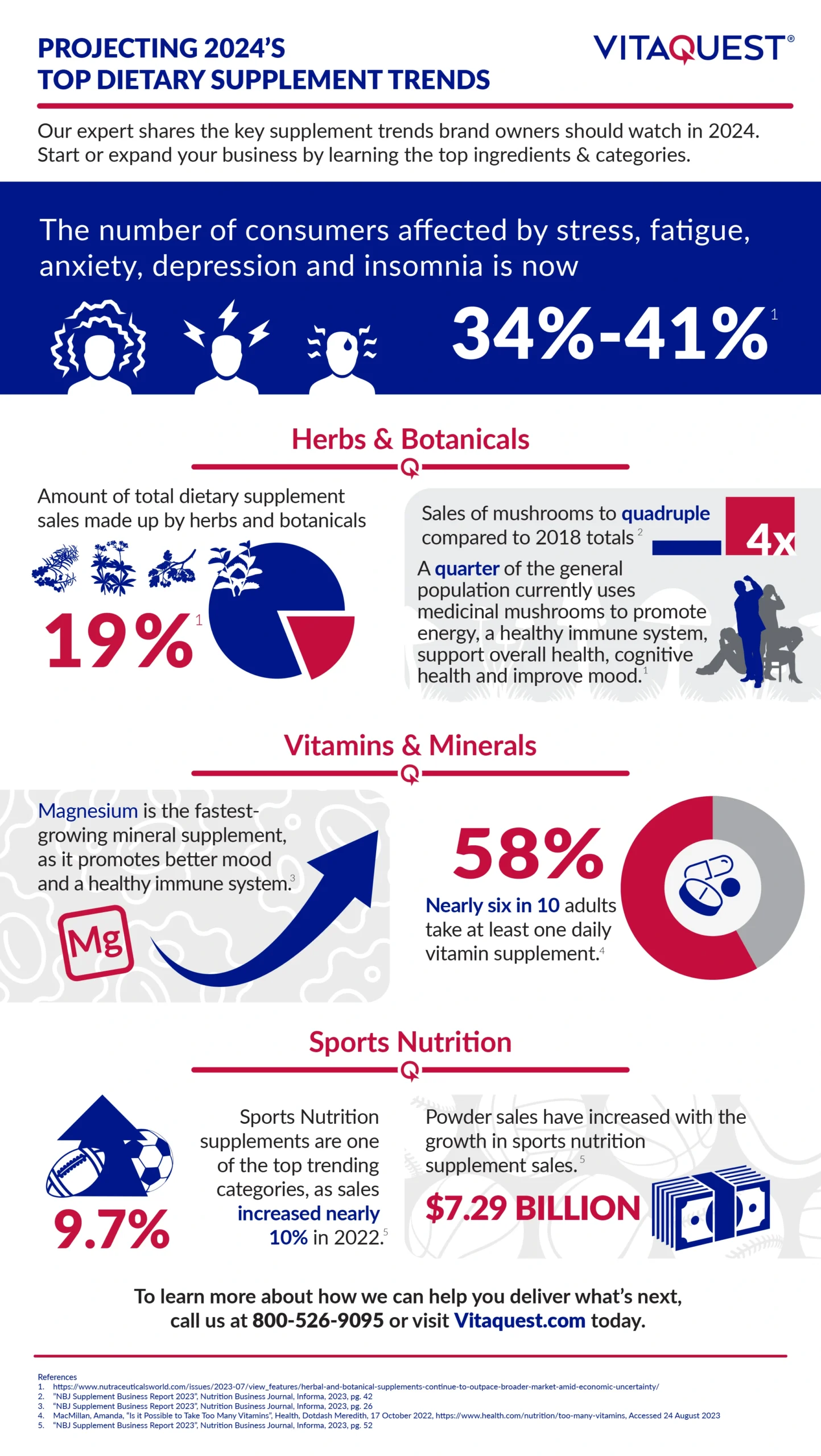
Herbs & Botanicals: Making Room for New Hero Ingredients
NBJ projects nearly six percent growth in herbal and botanical sales in 2024.2 Why is so much growth expected? Herbs and botanicals make up 19% of the total dietary supplement sales and are positioned nicely to meet the increase in demand for specialized/focused ingredients. This category of ingredients is becoming more popular with health-conscious consumers as demonstrated by a healthy compounded annual growth rate (CAGR) of 5%.
Yahoo Finance recently reported that the increasing disposable income of the working population and rising consumer interest in natural and holistic health remedies are key factors driving the growth of the herbal supplements market. It is important to understand that consumer buying habits are changing. According to Impact.com, brands saw a 32% increase in conversion rate despite a 29% decline in clicks. This suggests that window shopping is out and intentional buying is in.
Ashwagandha and elderberry were the most recent trending supplement ingredients in the segment. Their discoveries led to significant growth. What’s the next hero ingredient? NBJ predicts mushrooms will be popular over the next year, with growth having quadrupled since 2018.3 Interest in combination herbal products and higher quality standardized ingredients has also increased. According to the Natural Marketing Institute (NMI), 25% of the general population currently uses medicinal mushrooms. Primary reasons are to promote energy, a healthy immune system, and support overall health, while mood and cognitive health were listed as the leading secondary benefits.
It is worth noting that there is an increased emphasis on the traceability of herbal ingredients, with consumers seeing transparency in the source and production of herbal supplements. According to Whole Foods Magazine, transparency is a key decision factor, providing brands with an opportunity to differentiate themselves.
Vitamins and Minerals: Innovation Opportunities Exist
One of the ways owners of dietary supplement companies can differentiate their products is by focusing on delivery and flavor systems that make their products unique. Dosages can also be adjusted to meet the needs of a specific target population based on age, location, and lifestyle. There is a growing demand for supplements specifically tailored to specific health concerns and vitamins can be customized for the most discerning customers.
Vitamins have always been the anchoring category for dietary supplements. Over 58%4 of US adults take at least one vitamin supplement a day. Vitamins typically account for the most sales in the supplement industry, especially during COVID-19. However, since 2022, the NBJ has seen a sharp decline in vitamin sales. Based on our four-plus decades of contract supplement manufacturing experience, new and existing supplement brand owners should view this as a tremendous opportunity to develop and bring innovative, quality-driven products to the market.
For example, the vitamin market has been represented in the past by the workhorse, stand-alone, comprehensive multivitamin approach. As the market evolves, it has become highly fragmented, and its evolution drives towards a more focused, specialized solutions approach. The multivitamin strategy no longer applies, and consumers are looking for the next generation of combined vitamin ingredients that meet their specific needs.
The Immune health supplement category is continuing to grow. HTF Market Intelligence indicates the value of the Global Immune Health Supplement market will reach $21.2 billion with a CAGR of 10.6% during the forecast period (2024-2030). The market drivers include a growing elderly population seeking immune-boosting supplements for overall wellness, as well as busy lifestyles and unhealthy diets increasing interest in immune-boosting supplements. The trending vitamins and minerals in demand in this category include vitamins C, D, and zinc.
Another trending category is energy and vitality. The size of the global energy supplements market was valued at $90.33 billion in 2023 and is forecasted to grow at a CAGR of 6.9% from 2024 to 2030, reaching nearly $144.10 Billion. The trending vitamins and minerals in this category include B vitamins and magnesium.
Concerning minerals, magnesium is unquestionably the fastest-growing one available due to its suggested ties to promoting mood support and supporting a healthy immune system.5 It’s also a very versatile supplement that can be manufactured in numerous dose forms including gummies, chews, and drink mixes, and can be packaged in stick packs, shots, and traditional bottles and jars.
Concerning flavors, consumer surveys show there is particular interest in savory and sweet flavors. The data indicates that 92% and 94% of consumers are interested in those two taste groups. Some examples of sweet flavors include maple, mango, rose, nutmeg, fig, apple, coconut, peppermint, and honey. Conversely, examples of savory flavors include black sesame, black/white tea, matcha tea, bacon, cardamom, black pepper, turmeric, chili pepper, lemongrass, and basil.
Delivery systems are also gaining traction. As consumers become savvier about the importance of absorption and bioavailability, evidence-based delivery systems are also gaining in popularity. This includes the use of microencapsulation (enrobing active nutraceuticals to improve delivery in the gastrointestinal tract), the agglomeration of powders (a.k.a. Instantizing) to decrease particle size for better dissolution in a liquid, and potentially better absorption) and liposomes (complexing of active nutraceuticals with phospholipids to improve the bioavailability).
Sports Nutrition: The Top Trending Supplement in the Industry
Sports nutrition supplement sales increased by 9.7% in 2022, making it the year’s fastest-growing category.6 NBJ says the popularity of sports nutrition supplements is a “commentary on the American mood.” Following the pandemic, health and fitness have become more popular as Americans look to get moving again. This growth has led to new product forms and flavors expanding the category. Collagen products have been the staple of women’s sports nutrition historically, but are now finding new life as the benefits have crossed over into the beauty-from-within, bone health, and weight management categories, all growing in popularity.
The growth in sports nutrition supplements has been broad, with significant increases in sales for pills, powders, and functional beverages. Powders alone are a $7.29 billion industry.7 More progress is slated to be made around clean label claims, as well as the consumer demand for more clinically validated “proof” of efficacy.
According to Vantage Market Research, recent growth in the sports nutrition market is due, at least in part, to increasing consumer awareness about the importance of a healthy lifestyle and the benefits of sports nutrition products, as well as the rise in the of gym-goers, athletes, and fitness enthusiasts.
Hydration and replenishment are winning the attention of consumers across the category. Electrolytes that provide a burst of thirst-quenching flavor are booming in delivery formats such as powders, effervescent, and liquids. Consumers want the ideal balance of elements to support their electrolyte levels as they lose fluid through physical exertion. Staying hydrated is gaining recognition with all types of consumers, and more traction is expected in their use in cross-over categories such as general health, beauty from within, and immunity.
In the supplement market trends, demand for meal replacements has decreased by about 1.2%8. The NBJ suggests this may be due to more exciting marketing behind sports nutrition supplements than meal replacements. Despite this, the NBJ does not see growth stopping anytime soon, making sports nutrition one of the top trending supplements in the industry.
According to Nutraingredients.com, one of the biggest regulatory challenges in the sports nutrition market includes the use of selective androgen receptor modulators (SARMs), which are adulterating the sports nutrition category’s reputation.
The Nootropics and Beauty-from-within Categories are Growing Due to Next Generation Innovation
Historically, multivitamins were all that was needed to supplement your health. Two exciting growth categories are nootropics and beauty-from-within. These categories also present opportunities for new formats, which increase their attractiveness to various consumer segments. Millennials and Gen Z are gravitating towards drinks and powders that provide a satisfying flavor experience with an instant feeling of wellness, while baby boomers and Gen X prefer the ease of solid dose forms.
Nootropics are supplements that have been shown to promote cognitive health. According to Future Market Insights, the value of the nootropic supplement market is expected to expand from $2.2 billion in 2023 to $4.18 billion by 2033. From 2023 to 2033, global nootropic supplement sales are likely to soar at 9.0% CAGR.
First-generation supplements include caffeine and Ginkgo biloba. However, new interest in the category has garnished attention from students, seniors, and sports enthusiasts alike for next-gen products such as L-theanine taken with caffeine. This combination may conjure up feelings of calmness and may be linked to increased creativity. Creatine, widely used in the sports nutrition world, provides the mental energy many consumers want without the negative side effects such as jitters and insomnia.
Some of the better evidence-based nootropic ingredients include Lion’s mane extract (a mushroom shown to improve working memory, attention, and reaction time within 2 hours), Bacopa leaf extract (an herb shown to enhance cognitive performance, reduce forgetfulness and support learning and memory), and Asian Ginseng root extract (shown to improve speed of mental performance and reduce mental fatigue within 60 minutes).
Beauty-from-within is a category that has seen sustained growth across all age groups. Prevention is popular amongst young consumers while improving fine lines and wrinkles and hydration are popular among the baby boomers. The cosmetic and supplement industries are converging here to provide consumers with an inside-out strategy to promote visible consumer-perceivable results. Solutions come from the sports nutrition category and the immunity, gut health, and nootropics categories. Beauty-from-within ingredients that have shown clinical results include resveratrol, MSM, and an array of collagen technologies.
Some of the better evidence-based beauty-from-within ingredients include collagen peptides (help reduce wrinkles, improve skin moisture content, and stimulate internal collagen production, astaxanthin (benefits for improving skin moisture content while reducing fine lines and wrinkles), polyamines (particularly spermidine shown to promote hair growth and thickness, while reducing hair shedding), and biotin (for strengthening and improving the appearance of nails).
Continued Growth Anticipated for the Gut Health Category
Supplements that support the gut can modify and improve intestinal flora and provide other health benefits. These include the “biotic bundle:” prebiotics, probiotics, and postbiotics. Probiotics are live microorganisms (typically bacteria or yeast) that can impart benefits to the gut microbiome and beyond. There are numerous probiotic strains, each with its special abilities.
Prebiotics support the growth of these intestinal bacteria and their propagation in the GI tract. While most people associate prebiotics with dietary fiber, growing research has shown that many other nutrients, including flavonoids, have powerful prebiotic activity.
Postbiotics are relative newcomers to the nutrition industry. While the exact definition of postbiotics is still debated, they generally include inanimate probiotics and their constituents, plus the metabolites they produce. Because of the potential to provide wide-ranging benefits, there is growing consumer demand for symbiotics, which combine the beneficial effects of pre-, pro-, and postbiotics in one product. The global synbiotics market was valued at $800 million in 2022 and is projected to grow at a CAGR of 8.20% from 2022 to 2030. The market is expected to reach $1.5 billion by 2030.
As science continues to discover more about how the microbiome influences so many aspects of our health, this figures to be a growing category for years to come. Since probiotics are typically very sensitive to heat and moisture, expert formulation, manufacturing, and packaging selection are crucial to producing stable, successful products in this area.
How Can Vitaquest Help You Capitalize on 2024’s Projected Supplement Trends?
Capitalizing on this year’s projected supplement trends will require fast action, one-of-a-kind innovation, and an expert dietary supplement contract manufacturer who can help take your product from idea to market. That is where Vitaquest can help.
For over 45 years, Vitaquest has been the trusted choice for high-quality, innovative dietary supplement manufacturing and formulation services by new and established supplement companies. Our state-of-the-art manufacturing, packaging design, particle engineering services, and fulfillment solutions save you time, money, and stress, allowing you to focus on Delivering What’s Next in the nutraceuticals industry. Contact us today at 800-526-9095 or request a nutraceutical manufacturing price quote.
Stress Management & Mood Support Supplements
According to Future Market Insights (FMI)ix, the global stress relief supplement market is expected to grow from $605 million in 2024 to $1.03 billion by 2034. The market is projected to surge at 5.5% CAGR from 2024 to 2034.
Likewise, Fact.MRx reports that the value of the mood support market was estimated at $656 million in 2022 and is expected to reach 1.3 billion by the end of 2033, with a CAGR of 6.4%. These numbers overlap because mood support supplements are believed to reduce feelings of stress and anxiety.
Some of the more popular ingredients for these categories include adaptogens, which have been shown to normalize or otherwise bring the body into a state of balance. Some of the most powerful adaptogens include the following:
- Panax ginseng root – Shown to improve mental and physical performance, reduce stress, and improve fatigue.
- Rhodiola rosea root – Shown to increase physical endurance, work productivity, and help reduce fatigue and moodiness and promote sexual health.
- Eleutherococcus senticosus root – Shown to profoundly increase stamina and endurance.
- Ashwagandha (Withania somnifera L.) root – Used for mental and emotional well-being, as well as support immune function, promote sexual health, and help promote calm.
Popular mood-modulating nutraceuticals include:
- Phosphatidylserine – Shown to help promote a healthy mood and behavior, while reducing stress and supporting memory.
- Saffron extract – Helps protect the brain against oxidative damage and neurotoxicity, while promoting a healthy mood in multiple studies.
- 5-methyltetrahydrofolate (5-MTHF) – The active form of folate, 5-MTHF helps normalize folate levels while supporting a healthy mood.
The market for these categories is driven by the growing awareness of stress management solutions and the demand for those solutions. Consumers are looking for natural and holistic techniques to address stress. Given the global impact of stress and mood issues, businesses may target customers worldwide.
Sleep & Relaxation Supplements
According to Future Market Insights, the estimated value of the global sleep supplement market is $7.6 billion in 2024. The market is expected to expand at a CAGR of 5.2% and reach a valuation of $12.9 billion by 2034. The demand for melatonin sleep supplements is the driving force behind the growth of this category.
- Melatonin – Melatonin is among the most popular of all sleep-promoting nutraceuticals Since it helps reduce the amount of time it takes to fall asleep, as well as improve sleep quality. Options are now available for natural plant-derived melatonin (phytomelatonin) as an alternative to standard synthetic melatonin.
- Magnesium – This mineral helps relax muscles, and has been shown in clinical research to support healthy sleep.
- GABA – Gamma amino butyric acid (GABA) has natural relaxation and calming properties which can help reduce tension so it is easier to fall asleep.
- Glycine – This amino acid has been shown to help cool the body down, thereby improving subjective sleep quality.
Factors driving the growth of this category include the pandemic having caused increased stress and disrupted sleep patterns for many individuals, leading them to seek solutions for improving their sleep quality. In this context, natural sleep aids such as melatonin and app-enabled sleep trackers have gained popularity and are now competing with traditional sleep medications.
References:
1Mike Montemarano, Herbal and Botanical Supplements Continue to Outpace Broader Market Amid Economic Uncertainty, Nutraceuticals World, July 2023
2“NBJ Supplement Business Report 2023”, Nutrition Business Journal, Informa, 2023, pg. 44
3“NBJ Supplement Business Report 2023”, Nutrition Business Journal, Informa, 2023, pg. 42
4MacMillan, Amanda, “Is it Possible to Take Too Many Vitamins”, Health, Dotdash Meredith, 17 October 2022, https://www.health.com/nutrition/too-many-vitamins, Accessed 24 August 2023
5“NBJ Supplement Business Report 2023”, Nutrition Business Journal, Informa, 2023, pg. 26
6“NBJ Supplement Business Report 2023”, Nutrition Business Journal, Informa, 2023, pg. 52
7“NBJ Supplement Business Report 2023”, Nutrition Business Journal, Informa, 2023, pg. 52
8“NBJ Supplement Business Report 2023”, Nutrition Business Journal, Informa, 2023, pg. 52





